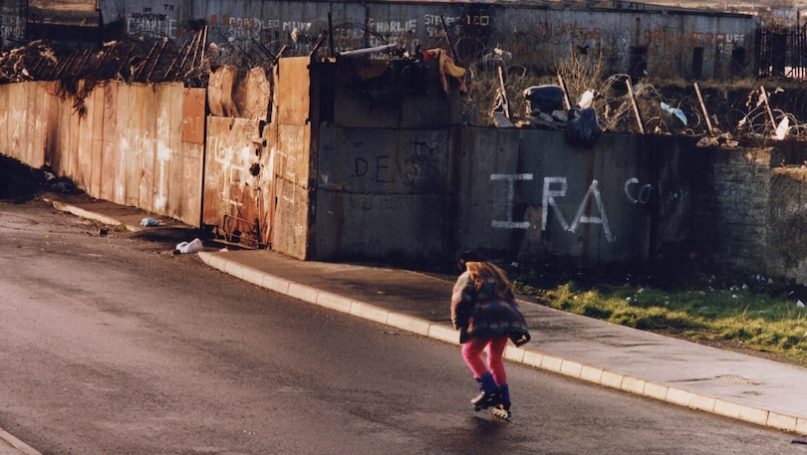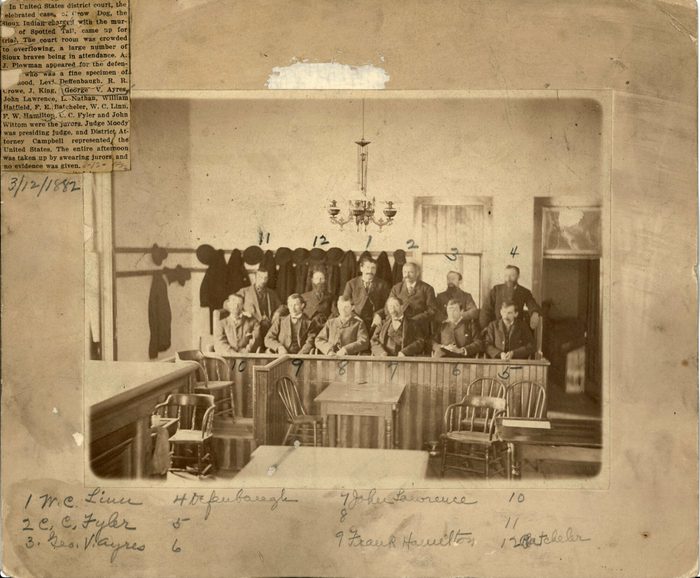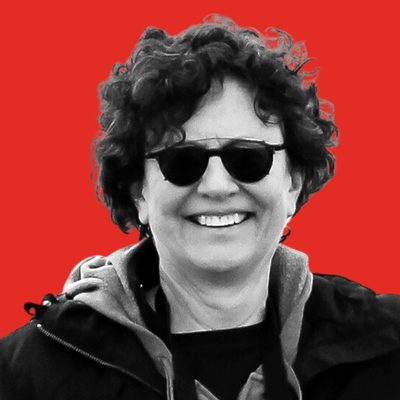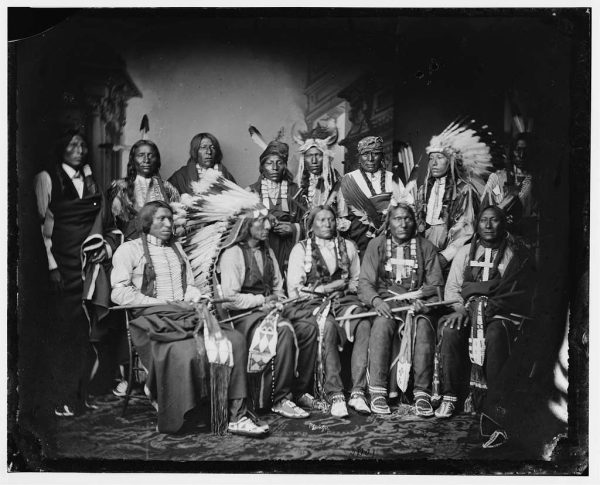With their cameras on and microphones muted, about a dozen members of the Japanese diaspora collective Nikkei 4 Palestine gather on Zoom every Thursday afternoon. One member plays Palestinian resistance music in the background as they call or email elected officials to demand a ceasefire in Israel’s war on Gaza.
The coalition has contacted politicians across the US and Canada more than 400 times through calls, emails, letters and faxes since November, according to Yoshino Goto, a member of the group. Comprising more than 70 people, Nikkei (which means a person of Japanese descent) 4 Palestine formed as a response to the war, in which more than 31,000 Palestinians have been killed since 7 October.
Related: Who was Frantz Fanon, the freedom fighter Palestine supporters love to quote?
“A lot of people in our community minimized Israel’s occupation of Palestine and remained neutral,” Goto said. “So Nikkei 4 Palestine was born to address this lack of mass mobilization in Japanese American communities.”
The online space also allows members – some of whom are the descendants of Japanese second world war internment camp survivors – to reckon with the complexity of their own identities as Japanese Americans. They see similarities between the current treatment of Palestinians and the anti-Japanese propaganda that led to their families’ internment. But they also acknowledge that Japan’s history of settler colonialism in countries such as China and Brazil is reminiscent of Israel’s actions.
“Positioning ourselves primarily as victims of racial and military violence often in the context of WWII incarceration has prevented us from confronting the ways that many of us continue to perpetuate systemic violence against Indigenous peoples whose lands we occupy,” said the New York-based coalition member Riki Eijima. A fourth-generation Japanese American, Eijima’s great-grandparents and grandparents were incarcerated at the internment camps in Utah and Colorado during the second world war. “I really want to see my community that has taught me so much and given me so much to also work on that reckoning within ourselves and to hold ourselves accountable.”
Kassandra Hishida, a coalition member from Fresno, California, said that the anti-Japanese rhetoric that led to her relatives’ internments in Arizona and Arkansas is mirrored in the demonization of Palestinians: “Themes of censorship or media propaganda are criminalizing people because of their ancestry in the same ways that it affected my family.”
But the group has provided an outlet for her to critically reflect on Japanese imperialism as well. Over the past couple of weeks, she’s talked to Asian American friends whose ancestral lands were occupied by Japan. “How do we heal that,” she asked. “And how do I show up and leverage the privileges I have to be in solidarity to end occupations related to both the United States and Japan?”
Nikkei 4 Palestine’s collective actions have sparked conversations among long-established organizations within the Japanese diaspora. Its members met with the influential civil rights group Japanese American Citizens League (JACL), for instance, to demand that it also call for a ceasefire and stand with Palestine. JACL then created a subcommittee to hear different perspectives on the matter.
Politically, the group may have also had some impact. “I’m not sure if it’s directly linked to our actions,” said Goto, “but I think community pressure and constituent pressure has led to people like Mark Takano, who’s a Japanese American representative, to call for a ceasefire.” (Takano’s office declined to comment for this story.)
Guiding principles
Nikkei 4 Palestine is currently focused on organizing its membership and planning its future. Members are formalizing the coalition’s structure by drafting guiding principles for committees, and creating email lists and group chats so that they can stay connected. The coalition also has an educational committee, where people compile resources about Japanese imperialism and the Palestinian liberation movement.
Another one of the group’s committees is tasked with pressuring Japanese American groups to support Palestine. In a 30 December petition, Nikkei 4 Palestine demanded that JACL drop its ties with the pro-Israel groups, Anti-Defamation League and the American Jewish Committee.
“I don’t think we’re that far apart from where Nikkei 4 Palestine is,” David Inoue, JACL’s executive director, told the Guardian. “Calls for peace are something that everybody shares. I don’t think anybody wants to see the bloodshed that has happened in the Middle East.”
He added, however, that it would be difficult for the organization to cut ties with the Anti-Defamation League, since the two groups collaborate on hate crime prevention. In Eijima’s estimation, the differences in opinion on Palestine and Israel point to a generational divide in the Japanese American community.
‘Weigh our history’
During a recent virtual meeting, the guest speaker Michael Yoshii spoke to Nikkei 4 Palestine about his previous work helping build a soccer field in Wadi Foquin, an agricultural village in the West Bank. Yoshii, who co-chairs the interfaith group Friends of Wadi Foquin, told the Guardian, “It’s critical for us Japanese Americans to weigh our history, and understand that the dynamics of war, racism and political expediency are at play with the Palestinians right now.”
And during a panel discussion earlier this month, organizers in Japan shared with the group their recent boycotting efforts that pushed the trading firm Itochu Corporation to divest from the Israeli defense contractor Elbit Systems. The activists also taught coalition members Japanese chants for pro-Palestinian protests. That meeting, Hishida said, helped energize Nikkei 4 Palestine and crystallize it as a transnational movement.
Though the coalition has not encouraged members to vote a certain way in the upcoming presidential election, member KC Mukai voted “uncommitted” in the California primary and Hishida said that she “won’t be voting for someone who’s funding genocide”.
For Eijima’s part, she said her ancestors will serve as a guiding light as she helps pursue Palestinian liberation: “Just because we got our redress doesn’t mean that our fight for justice is over. We are not free until all are free.” Lately, she’s been reflecting on the plight of her late grandparents. “I would like to think that this is what they would have wanted from me and from Japanese Americans.”












